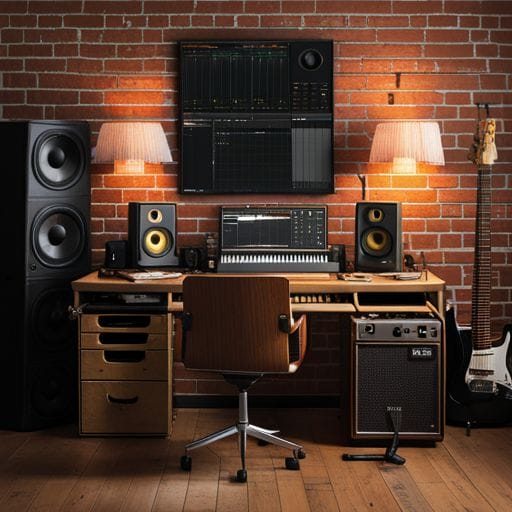10 Plugin Usage Insights for Ableton Live

Are there any specific plugin usage insights for achieving certain sound effects in Ableton Live
Ableton Live is one of the most dynamic digital audio workstations (DAWs) in the music production industry. While it comes with a boatload of built-in features and sound effects, it also supports a wide range of plugins. These plugins can dramatically improve your workflow and open up new possibilities for sound design and song arrangement. Here are ten insightful tips on how to utilize Ableton Live’s plugins most effectively.
1. Organize Your Plugins
Organizing your plugins in Ableton Live can save you a lot of time. When you have a large number of plugins, trying to find a specific one can be quite time-consuming. Use the “Plug-In” tab within the browser to categorize your plugins according to their type or function.
2. Use Live’s Native Plugins
Ableton Live comes with a collection of native plugins that offer a wide array of functionalities. Many beginners overlook the potential of these native tools. Familiarize yourself with these tools before moving on to third-party ones.
3. Maximize Your Use of VST3s
As of Ableton Live 10.1, VST3 is supported by Ableton. VST3 plugins consume less CPU and have more detailed MIDI mapping. They also provide better automation and can dynamically allocate resources.
4. Understand The Difference Between Audio and MIDI Effects
Getting a grasp on the differences between Audio and MIDI effects can significantly affect your sound design in Ableton. Audio plugins affect audio signals, whereas MIDI plugins deal with MIDI data. The comprehension of this dichotomy can lead to creative effects routing and more sound possibilities.
5. Be Cognizant of CPU Usage
Some plugins, particularly synth plugins, can be heavy on CPU usage. So, monitor your CPU load in Ableton and freeze tracks or resample if needed.
6. Use Plugin Presets
Preset packages can be a fast-track way to explore what your plugins can do and to find unusual sound-building options. Many plugins come with preset packages, loaded with premade settings to drastically alter your sound.
7. Explore Free Plugins
There is a plethora of free plugins to explore that can add value to your mixes. They range from simple effects to complex sound design machines.
8. Regularly Update Your Plugins
Regular updates ensure the plugins you use are running at their highest capacity. Stay on top of updates, and always keep your plugins up-to-date.
9. Use Parallel Processing
Parallel processing allows you to apply effects to a duplicate signal path without affecting the original one. It’s a powerful approach to adding depth and dimension to your tracks.
10. Gain Staging
Every plugin can add or reduce volume to your mix. Gain staging involves managing your volume levels throughout the entire chain to ensure the final mix is balanced and clear.
In conclusion, Ableton Live offers endless possibilities with its extensive plugin compatibility. Understanding how to use and maximize these plugins is a journey of exploration that will open up new creative avenues for any music producer.
